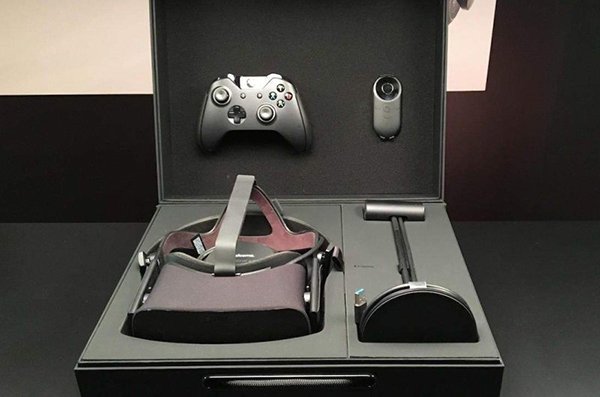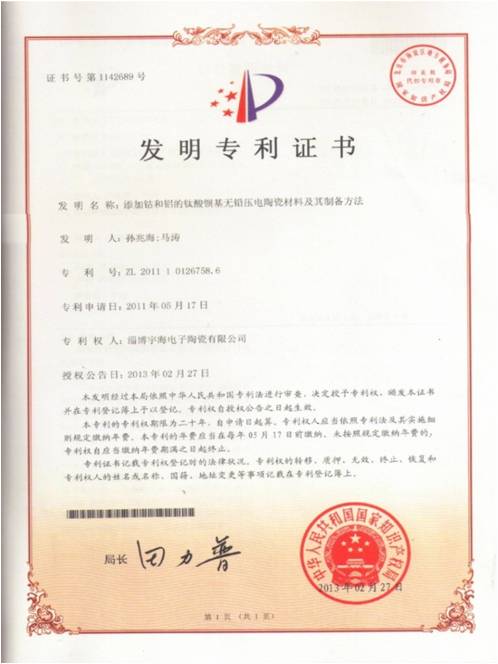Can you imagine yourself immersing yourself in the Great Wall of China, walk through it, and admire the beauty and glory of this miracle in the world? You can now achieve this through virtual reality. Google is taking the Great Wall of China to classrooms across the country. Admittedly, it is cool to appreciate the Great Wall immersively, but what about building a building like the Great Wall through VR? After all, the construction industry will become a growing industry. According to Construction Intelligence Center Global 50, the global construction industry is expected to grow from $8.5 trillion in 2015 to $10.3 trillion in 2020.
A recent study by ARC Document Solutions stated that virtual reality is the most powerful emerging technology in the construction industry. More than half (65.3%) of architectural, engineering, and construction management professionals stated that virtual reality applications make it easier for customers to visualize architectural designs, reduce material cost budgets, and reduce the number of workers required for the project.
So how does today's construction industry use virtual reality technology? The following are some of the company use cases that Xiaobian compiled.
Forklift training
As we wait for the robot's forklift to go online, we still need to continue training human forklift operators. CertifyMe is a web-based forklift training company that has developed an iOS and Android version of the VR training experience application that allows anyone to receive forklift training for free. The new training application is suitable for any industry. It can provide training in the virtual world, allowing learners to learn, share and improve operations from mistakes without risking workers or products. The VR experience aims to attract Millennials to the construction industry, and anyone can easily wear a pair of goggles to practice anytime, anywhere. This is just one example of VR as a training tool for the construction industry. VR can also be used in almost all vertical areas.

2. Visualization of architectural projects
Founder of Context VR from Microsoft and Expedia, the company has developed a 360-degree photo that allows customers to take architectural projects, add time stamps to blueprints, store them in the cloud, and even browse through augmented reality. Although the company focuses on medical care and the entry and exit of nuclear facilities, they have quickly turned their attention to the lucrative construction industry. The Seattle startup will charge the user a license fee based on the size of the project and the number of users.
3. Project collaboration
DPR Construction is a national technology builder focused on highly complex and sustainable construction projects and currently employs approximately 4,000 people. The company has been using virtual reality technology since 2010, when Facebook had not purchased Oculus VR for $2 billion. DPR has shifted from room-scale CAVE technology to head-mounted room-scale VR technology. The difference is that each participant in the customer, the designer, and the project can feel the final building in person before the project starts. The company recently used Oculus Rifts to assist with a major transformation project at the Virginia Commonwealth University, allowing employees to provide feedback before the project began.

4. Welding training
Welding is an indispensable element of all types of construction. It is also a very challenging teaching task in training, because the equipment is inherently dangerous and it is difficult to get started. Lincoln Electric designed the VRTEX 360 welding training system to help trainers teach their skills through virtual reality before opening a real soldering iron. With the development of the industry, Lincoln Electric has expanded the system to meet changing needs.

5. Environmental visualization
For companies with a history of 150 years, the key to staying at the forefront of the industry is adapting to new technologies. One of the largest private construction companies in the United States, McCarthy Construction Company has been exploring virtual reality since 2012 and hopes to improve its design and construction process. The company first used the Building Information Model (BIM) CAVE to project hospital rooms and office space into 3D rooms. Today, they use the more cost-effective Oculus VR to let customers see the future office or workspace. The company also uses Google Jump and drones to scan and capture 360-degree building models, giving head-to-head users an immersive visit.
6. Architectural Design
The family-owned company Mortensen Construction is also one of the largest privately-owned construction companies in the United States. The company designed its own virtual reality software for use in construction projects. The company is using HTC Vive for planning and management, such as building or transforming complex medical and industrial projects. For example, in assisting hospitals in designing an operating room, they will show surgeons the layout of the operating room through VR to ensure that all tools and equipment are within reach. Mortensen’s construction is also exploring augmented reality technology. They are testing DAQRI's smart helmets on site and projecting internal elements such as pipelines onto the walls of buildings.

When we see the continuous emergence of the construction industry in relation to the application of virtual reality, we cannot help but think that robots will soon replace the work of welding and forklifts, and humanity will explore the final building design through VR head-mounted display. Xiao Bian expects to see that the construction company itself has rapidly adopted virtual reality technology, rather than just start-up companies that are trying to sell their VR-based value proposition.
Lead Free Piezoelectric Elements
The Co-Al Co-doped Barium Titanate
Lead-free Piezoelectric Ceramics was successfully developed by Yuhai company
through repeated experiments. By Researching the influence of Co-Al Co-doping
on the structure and properties of Barium Titanate-based piezoelectric
ceramics, the formulation and preparation technology of Barium Titanate-based
piezoelectric ceramics were optimized. Yuhai`s BaTiO3 was prepared by conventional
solid-phase sintering method, with the piezoelectric constant d33 (>170pC/N),
dielectric loss tgδ≤0.5% and mechanical coupling coefficient Kp≥0.34.
Barium titanate lead-free piezoelectric
ceramics are important basic materials for the development of modern science
and technology, which was widely used in the manufacture of ultrasonic
transducers, underwater acoustic transducers, electroacoustic transducers,
ceramic filters, ceramic transformers, ceramic frequency discriminators, high
voltage generators, infrared detectors, surface acoustic wave devices,
electro-optic devices, ignition and detonation devices, and piezoelectric
gyroscope and so on.
Application: military, ocean, fishery, scientific research,
mine detection, daily life and other fields.
China Patent of Yuhai company`s BaTiO3
Chinese Patent No.: ZL 2011 1
0126758.6
Name: Lead-free Barium Titanate
Piezoelectric Material with Addition of Cobalt and Aluminum
Lead free piezo material BaTiO3
Lead-free Material
Properties
BaTiO3
Dielectric Constant
ɛTr3
1260
Coupling factor
KP
0.34
K31
0.196
K33
0.43
Kt
0.32
Piezoelectric coefficient
d31
10-12m/v
-60
d33
10-12m/v
160
g31
10-3vm/n
-5.4
g33
10-3vm/n
14.3
Frequency coefficients
Np
3180
N1
2280
N3
Nt
2675
Elastic compliance coefficient
Se11
10-12m2/n
8.4
Machanical quality factor
Qm
1200
Dielectric loss factor
Tg δ
%
0.5
Density
Ï
g/cm3
5.6
Curie Temperature
Tc
°C
115
Young's modulus
YE11
<109N/m3
119
Poison Ratio
0.33

Piezo Element,Piezo Ceramic Elements,Piezoelectric Ceramic,Pzt Tubes
Zibo Yuhai Electronic Ceramic Co., Ltd. , https://www.yhpiezo.com
